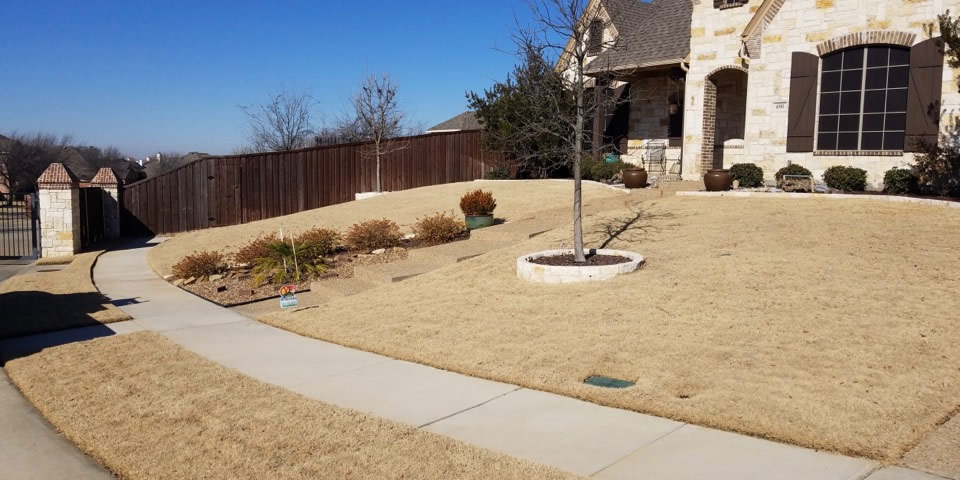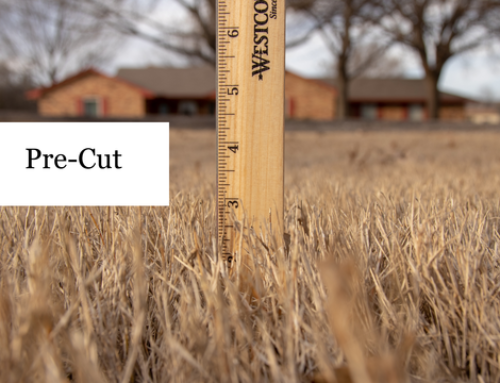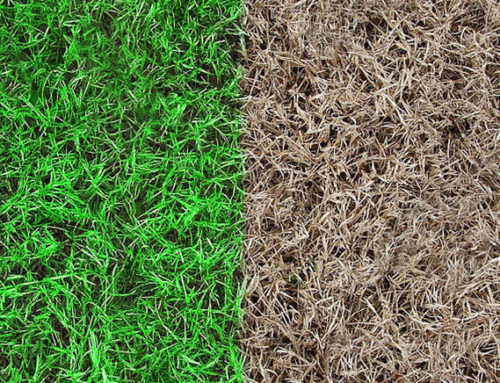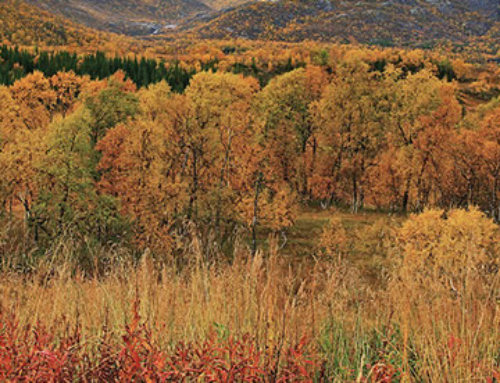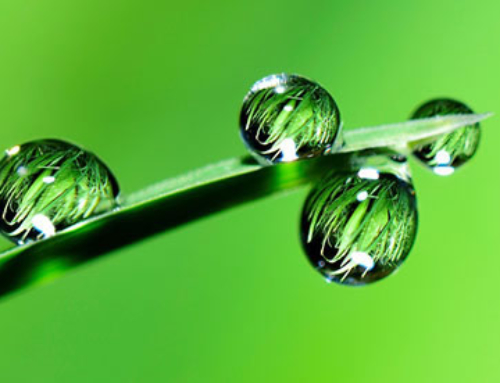As February is coming to an end, our climate is slowly but surely transitioning to spring. Soon your dormant grass will transition from brown to green and lawn maintenance chores will be back on your weekend schedule. But, what kind of lawn will you have? Will it be weed-free, lush, and healthy? A simple walk outside may provide you with the answer.
In an ideal situation, your lawn should be uniformly brown and free of bare spots. It’s possible that you could see some green, but those areas should only be a fraction of your turf area. If your lawn doesn’t look like the ideal lawn, you can plan to do some extra work this upcoming spring.
Significant Areas of Green in Your Yard
If at the tail end of winter, there is a lot of green in your yard, you probably have a “weeded out” lawn. The typical reason for a weeded-out yard is that winter pre-emergent applications were skipped. You see, the common North Texas grass types need warm temperatures to grow. However, some grass types and weeds don’t require warm temperatures to grow. Weeds, such as clover, henbit, nutsedge, can grow in cooler temperatures and live through warmer temperatures. Pre-emergents act to stop those weeds from growing.
In the short-term, the solution for a weeded-out lawn is to apply post-emergents targeting those specific weeds. After doing so, you can also expect to see significant patches of dead spots after applying weed killer spray.
In the long-run, remember the late-fall/winter pre-emergents. The additional cost in winter will save you months of frustration in the warmer months.
Bare Spots in the Yard
There are two common scenarios where you could be seeing bare spots in winter. One culprit is holiday decorations. These wonderful decorations brighten up an otherwise dark evening, but they also prevent sunlight from reaching the soil and grass roots. The second possibility is that the area was once full of weeds. In this situation, there hasn’t been enough time for the surrounding grass to grow into the area. Given enough time, grass will fill in bare spots; but, there is a faster way.
The best solution for bare spots is to lay down quality sod. One reason we don’t recommend seeding is that rain can easily wash it away. The other reason is that pre-emergents prohibit all seeds from sprouting. Thirdly, seeding a lawn will take more time to establish than sodding. As a result, we recommend going with the less risky and faster approach of sodding.
Spring Lawn Care Starts Now
In summary, a quick evaluation of your lawn now can help you prepare for the upcoming spring. If your yard is not uniformly brown or full, you can expect to have more work in the warmer months. That being said, by creating and executing a game plan this year, you can almost be assured to have a better lawn this time next year.

